SOUND OF SYDNEY

How can Glebe island become a refuge that helps mental health restoration while also regenerating local ecology and culture through interactive soundscape? A place that makes you laugh and relax

“Noise pollution is not only an environmental nuisance but also a threat to public health” - WHO
‘Noise day and night’: Why keeping Sydney moving is costing us sleep?
1. Localization of functions

2. Reduction of unwanted sounds
3. Introduction of wanted sounds
Sonic compatibility
Planing
New vs existing functions
Noise buffer, source reduction

Ecological barrier
Topographical change

Water, vegetation, birds, activities
Refuge
Stimulation
Natural sounds - Improved mood & cognitive performance
Decrease pain & heart rate










Bay water
Open view to Sydney harbour Working port Green Grid gap

THE BAYS PRECINCT




PYRMONT
Population density: 13,000 /km2

BALMAIN
Population density: 7,614 /km2
GLEBE
Population density: 6,410 /km2
Bird species
Australian Raven
Grey Butcherbird
Rainbow Lorikeet
Noisy Miner
Silver Gull
Welcome Swallow


Low point
Cliff
Opportunity:
+ Cliff as soundwall
+ Low point create another layer of ecology
Constraints:
- Retain vs remain deep port
- Flooding issue
- Flat ground cause overly wind exposure
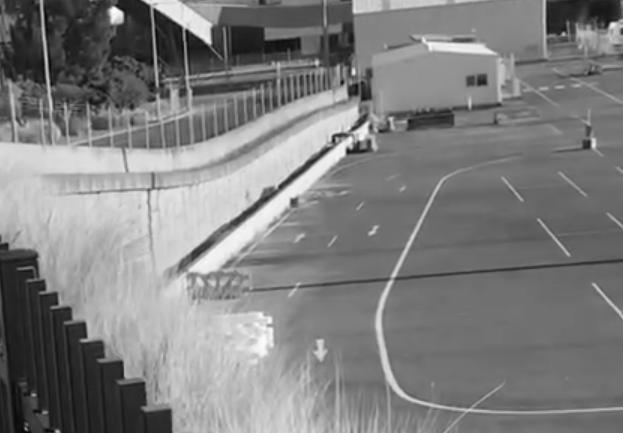



Disturbed Terrain
Hawkesbury sandstone
Opportunity:
+ Sandstone as important groundwater reservoir to support ecology growth
+ Sandstone area indicates the original Glebe Island
Constraints:
- Massive concrete cause lack of biophony sound
- Unstable & immature sandstone



Major toxin
Heavy metals, TPH/VOCs, PAHs, OCPs, herbicides, PCBs, asbestos, ASS and ground gases



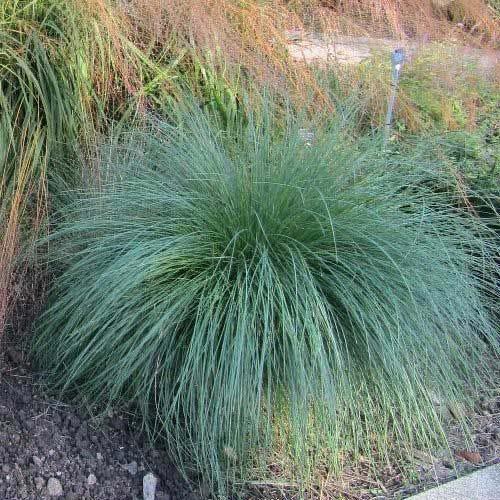













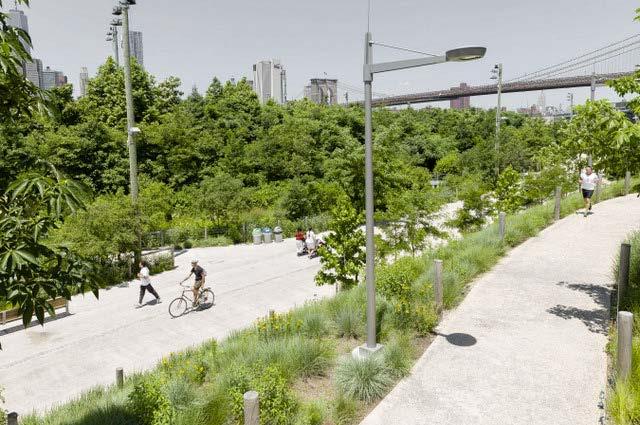
before after

ACCESSIBILITY & LIVABILITY

Stone fill to create aquaic habitat & different water sound

More habitat for biophony sound

Keep axis & open view to Sydney harbour

Keep waterfront promenade

Room-like soundscape space provide choices
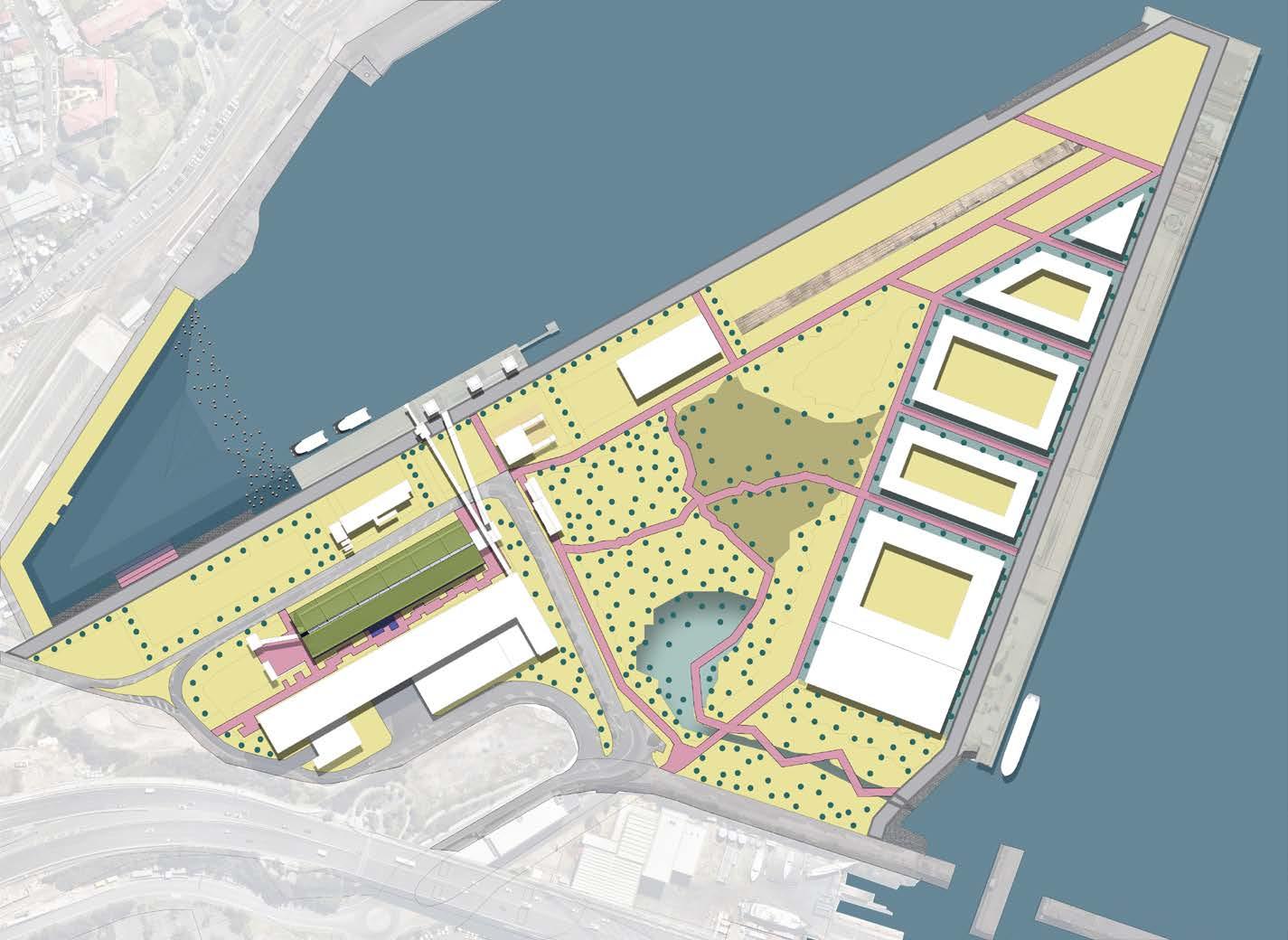
Phase 1: PHYTOREMEDIATION & INSTALLATION

Phase 2: GROWTH
OBJECTIVES:
+ Keep the advantage of deep port, appropriately position the industrial area
+ Keep the advantage of open view to Sydney harbour bridge
+ Create habitat to bring biophony sound e.g. birds, frogs, leaves
+ Minimize noise spreading by vegetation buffer & topographical manipulation
+ Create diverse selection of soundscape that caters to different people
+ Celebrate heritage buildings by soften hard surface & encourage engagement
+ Increase ability of noise absorption by vegetation
+ Control the noise intrusions by visitors, gradually open access during habitat growth

Phase 3: REFUGE


GRASS
SPORTS
BAY WATER
QUITE BIRDS
INDUSTRY
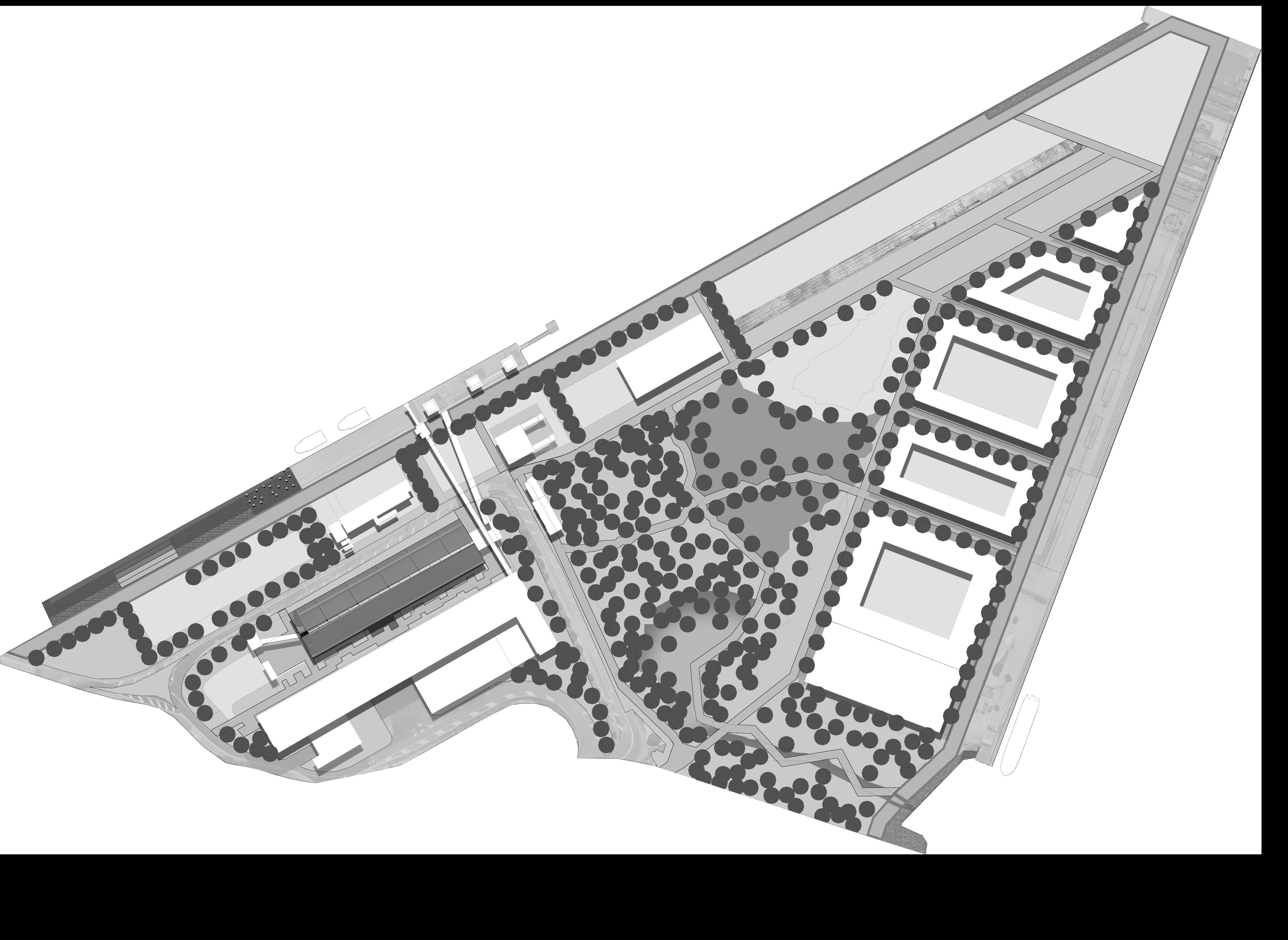



years 20-30 years








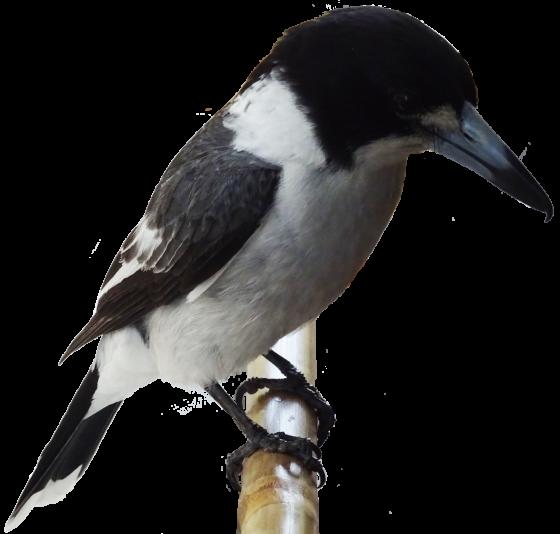














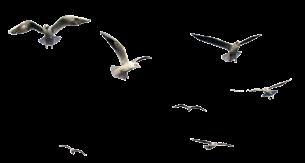
















2021
CURRENT
8-10 years
PHYTOREMEDIATION + INSTALLATION + GROWTH
5-10 years
REFUGE



Acousmatic listening


Precedent: Wave organ, San Francisco














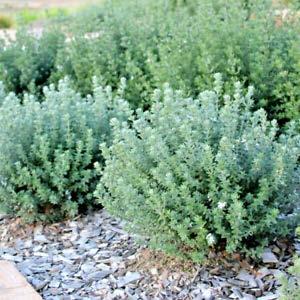









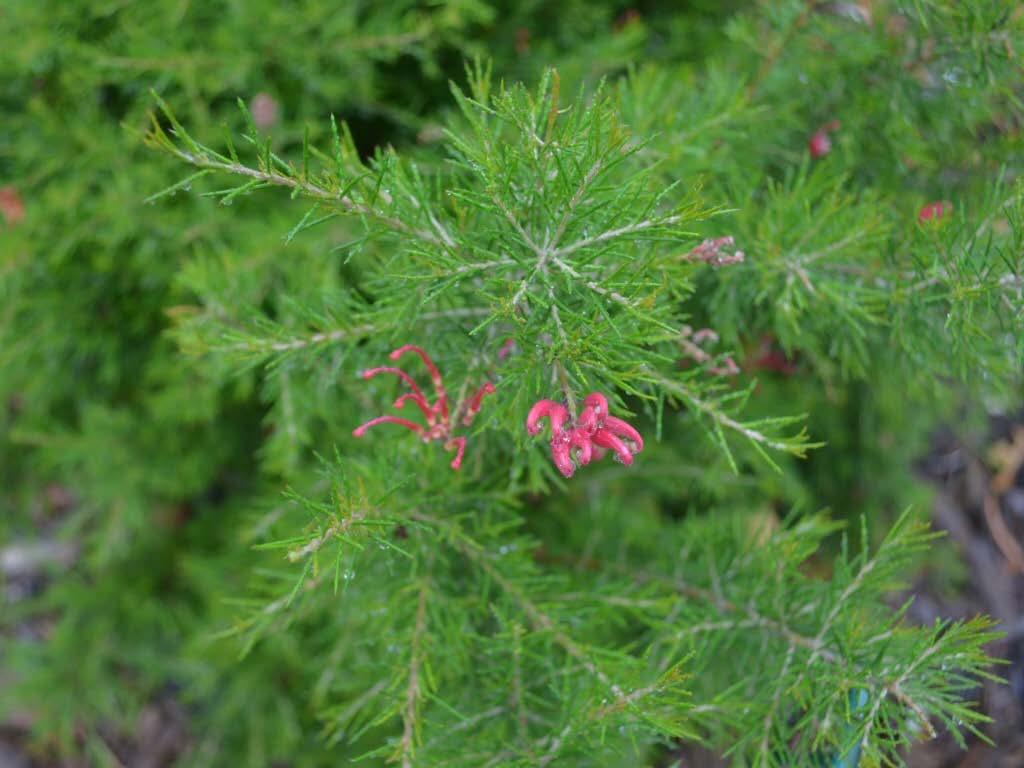


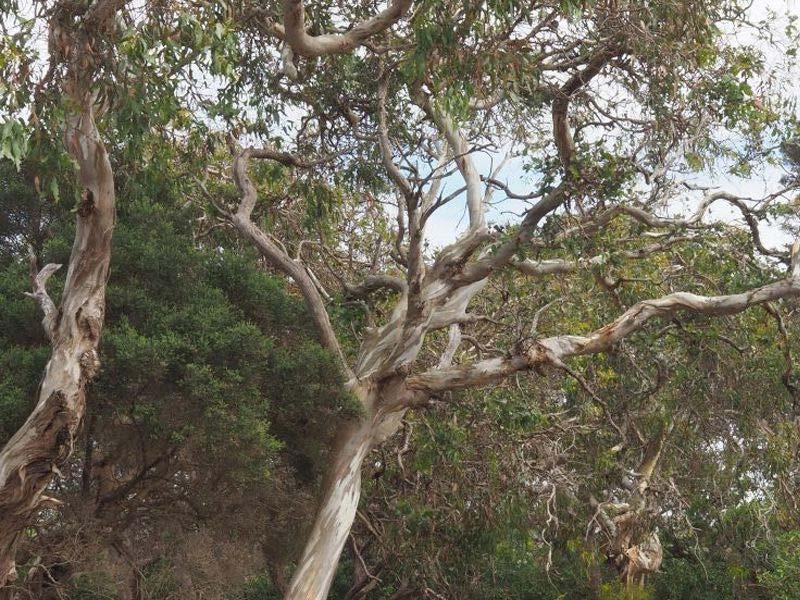











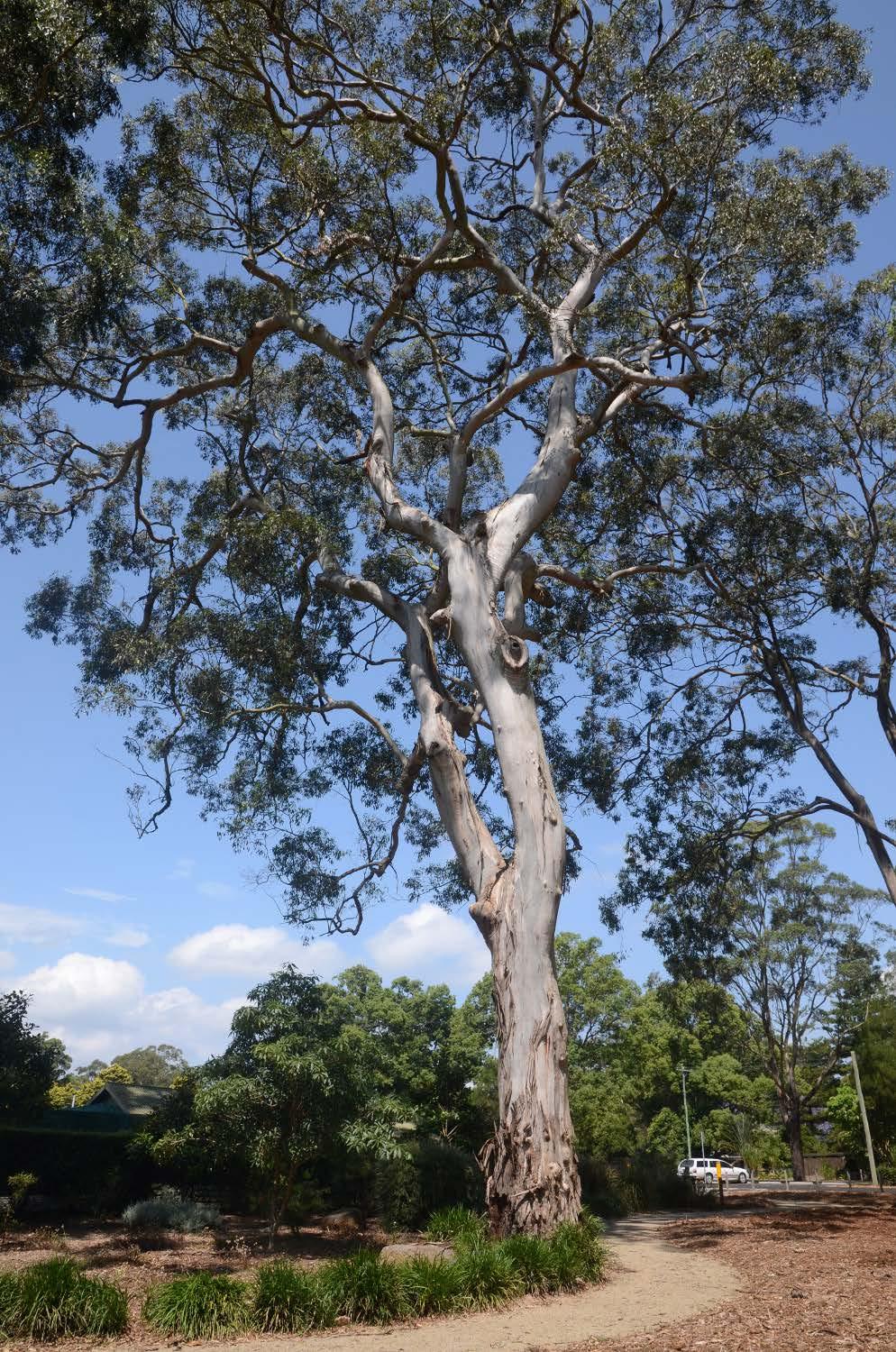









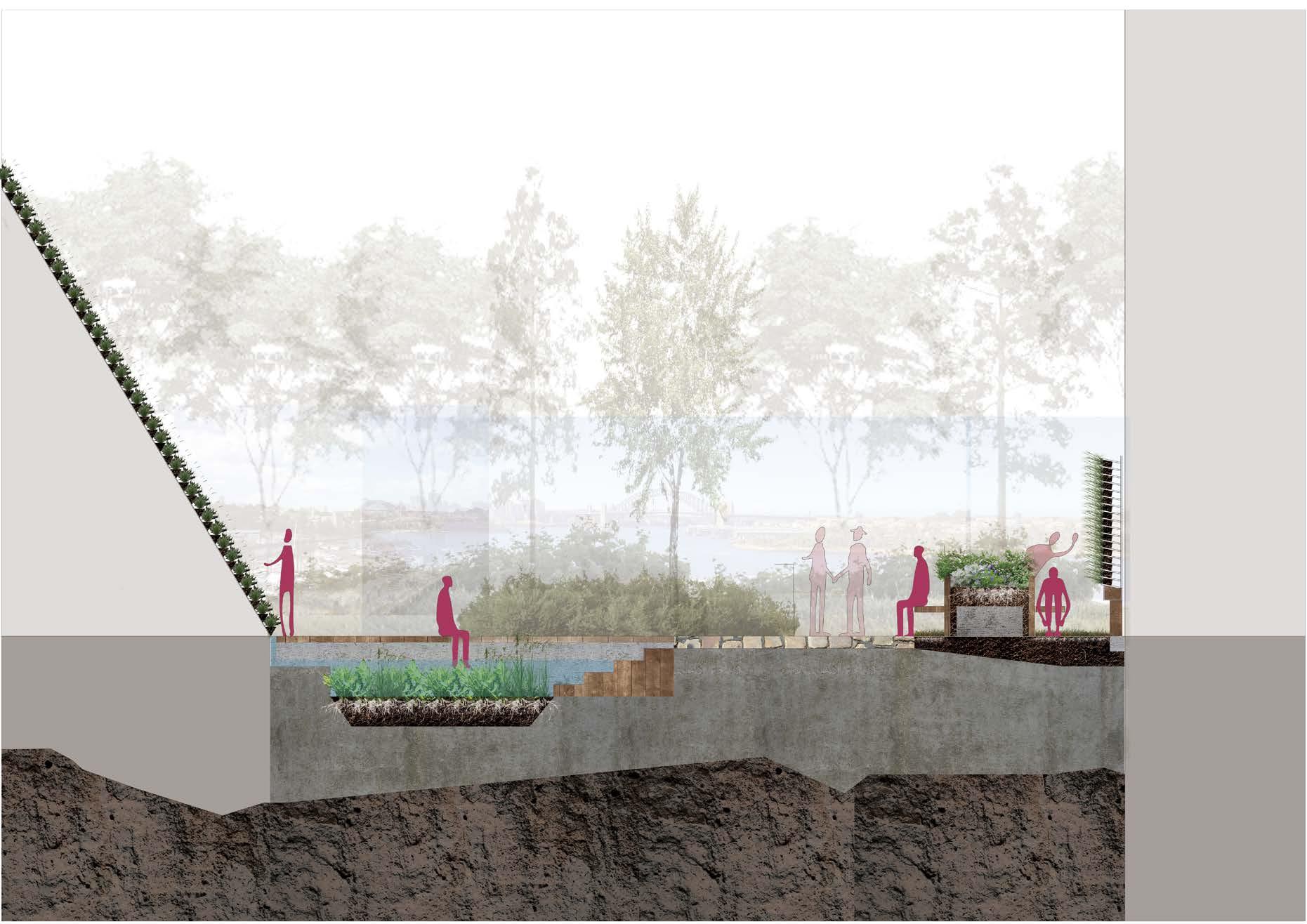














SEPTEMBER
NOVEMBER JANUARY

MARCH MAY JULY
SOUND OF SYDNEY

A place that makes you laugh and relax
